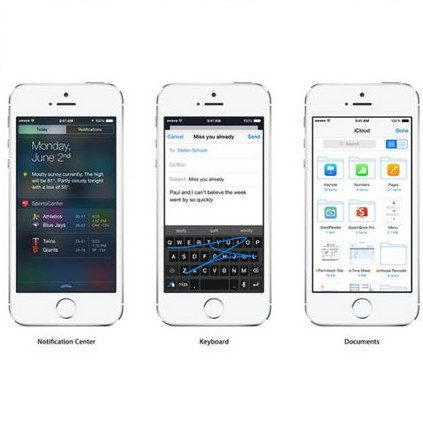In this contribution, we present an extension of the thermodynamic topology optimization that accounts for a non-linear material behavior due to the evolution of plastic strains. In contrast to physical loading and unloading processes, a virtual unloading due to stiffness evolution during the optimization process must not result in a hysteresis in the stress/strain diagram. Therefore, this problem is usually resolved by simulating the entire load path for each optimization step. To avoid this time-consuming procedure, we develop a surrogate material model that yields identical results for the loading case but does not dissipate energy during the virtual unloading. The model is embedded into our strategy for topology optimization that routes back to thermodynamic extremal principles. We present the derivation of all model equations and suitable strategies for numerical solution. Then, we validate our model by means of solving optimization problems for several boundary value problems and empirically show that our novel material models yields very similar distributions of the plastic strains as classical elasto-plastic material models. Consequently, thermodynamic topology optimization allows to optimize elasto-plastic materials at low numerical costs without the need of computing the entire load history for each optimization step.
翻译:在此贡献中, 我们展示了热力表层优化的延伸, 其中包括由于塑料菌株的演化而导致的非线性物质行为。 与物理装载和卸载过程相比, 优化过程中由于僵硬性演化而导致的虚拟卸载不会在压力/ 压力/ 压力图中导致歇斯底里。 因此, 这个问题通常通过模拟每个优化步骤的整个负载路径来解决。 为了避免这一耗时程序, 我们开发了一个代金材料模型, 该模型为装货案例产生相同的结果, 但不会在虚拟卸载过程中消散能量。 该模型被嵌入我们的地形优化战略中, 以返回热力极限原理的路径。 我们展示所有模型方程式的衍生结果和适当的数字解决方案战略。 然后, 我们验证我们的模型, 其方法是解决几个边界值问题的优化问题, 并实验性地显示, 我们的新材料模型产生非常相似的塑料菌株分布, 如古典的 liast- plast 材料模型。 因此, 热力表层优化允许以低数字成本优化 。



